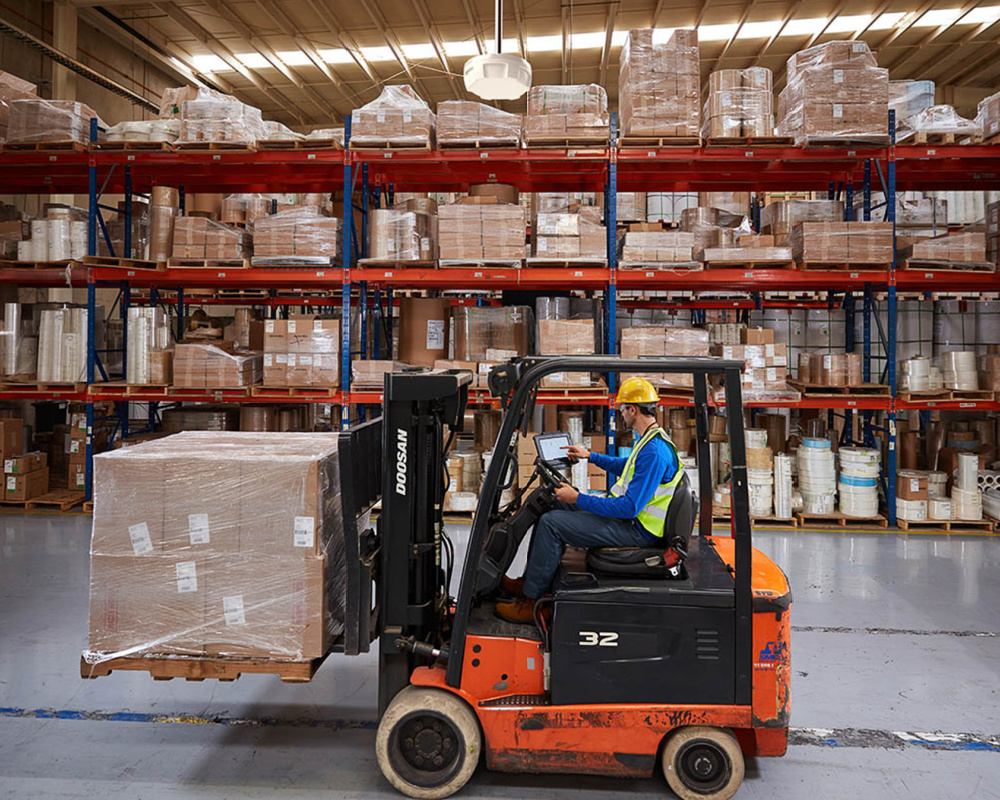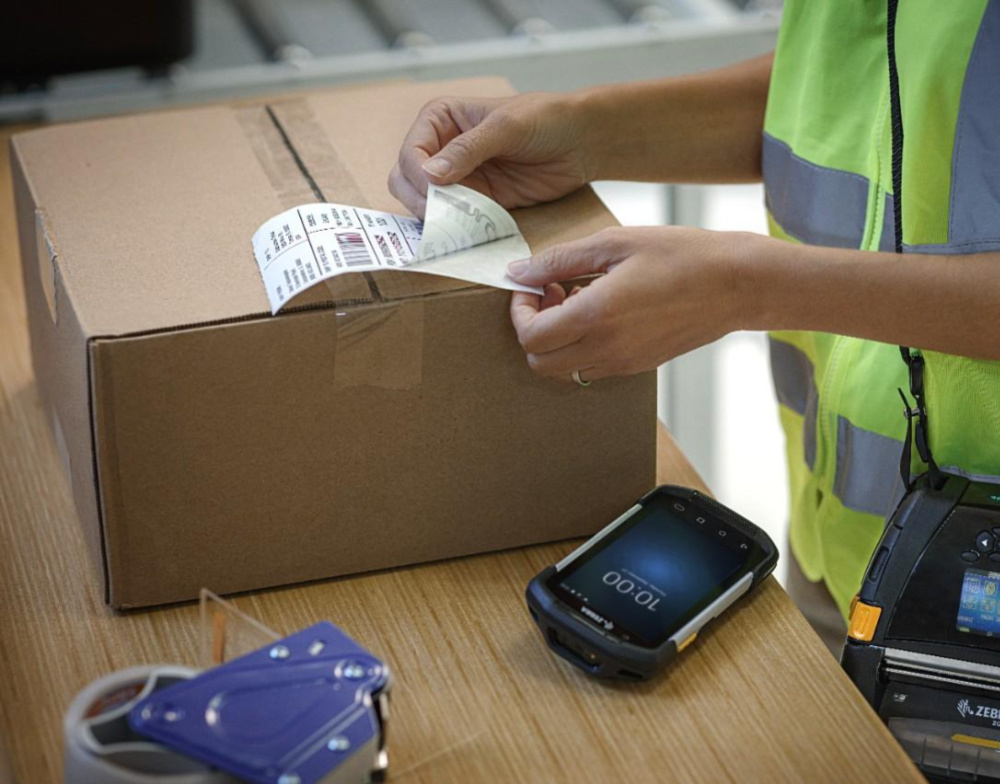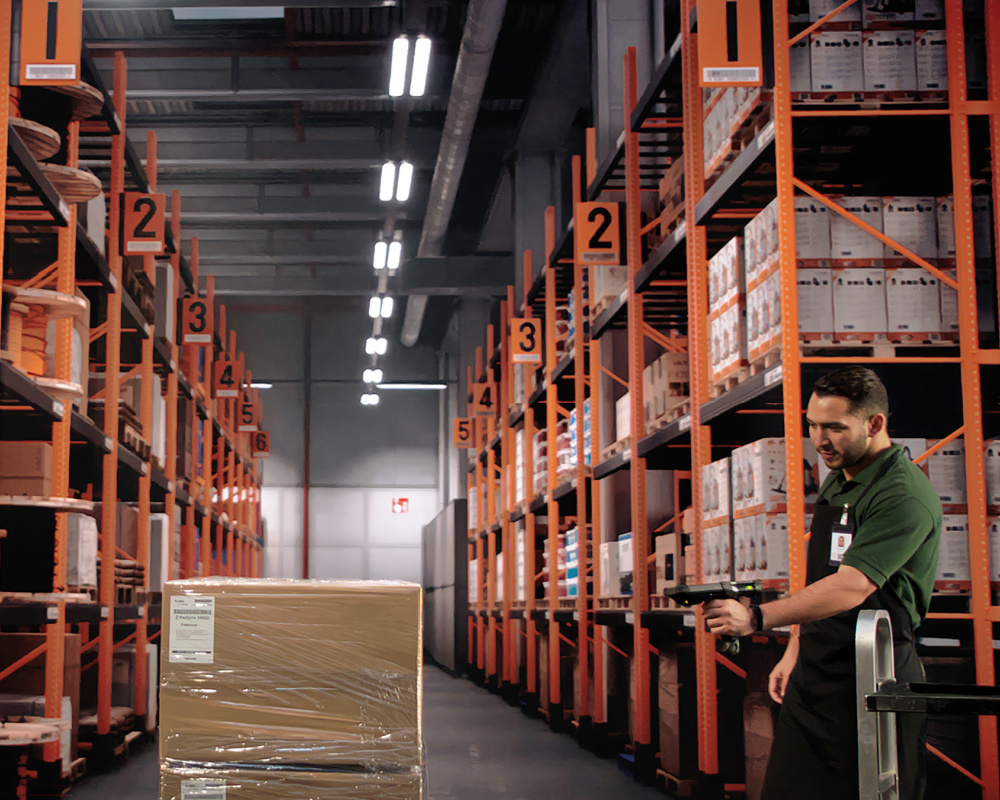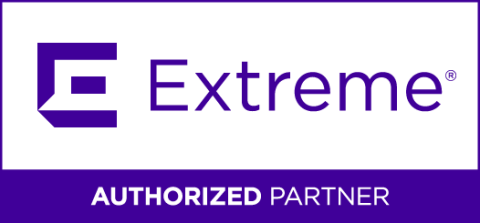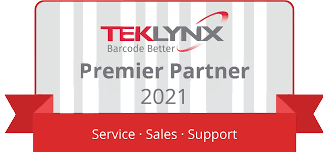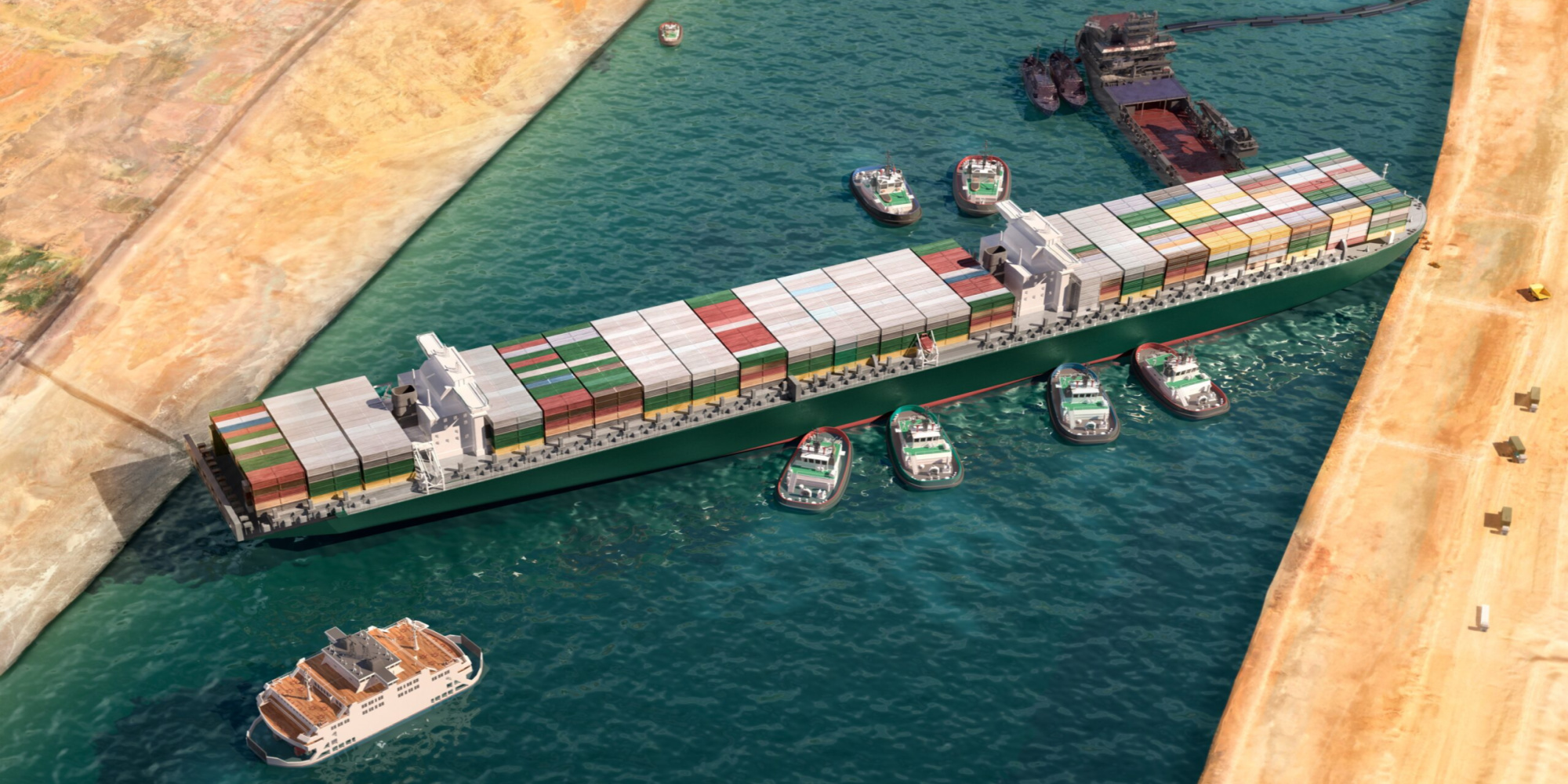
In the current global economic landscape, the significance of effective supply chain management cannot be overstated. It is particularly crucial to grasp the means to alleviate the expensive, disruptive, and frequently unavoidable bottlenecks that can impede operations. To tackle this challenge, it is imperative for decision-makers to gain insight into the root causes of bottlenecks and their consequential impact on business operations. Armed with this understanding, companies can harness the power of routine data analysis to preemptively pinpoint bottlenecks and deploy strategies aimed at guaranteeing uninterrupted business processes and ensuring high levels of customer satisfaction. This resilience extends even to situations marked by external disruptions and operational shutdowns.
As we step into 2024, the supply chain landscape continues to be riddled with bottlenecks and disruptions. The events of the past years have amplified the challenges facing businesses. To address these bottlenecks, businesses are increasingly adopting technology, data analytics, and contingency planning to enhance their supply chain resilience and adaptability. In this article, we’ll explore how bottlenecks have persisted as a significant issue for supply chains and discuss the strategies and technologies that can help businesses address these issues in the coming year.
Key Takeaways:
-
Importance of Supply Chain Management: Effective supply chain management is pivotal in the current global economy. Mitigating bottlenecks is essential to maintain operational efficiency and customer satisfaction, even in the face of disruptions.
-
Challenges and Causes of Bottlenecks: Supply chain bottlenecks have been amplified by factors such as globalization, transportation challenges, inventory management issues, lack of supply chain visibility, labor shortages, and fluctuations in consumer demand.
-
Solutions for the Future: Businesses are adopting strategies and technologies to combat bottlenecks in 2024. These solutions include modern technology adoption, inventory management optimization, data-driven decisions using performance metrics, enhanced visibility and communication, and the integration of sustainability and resilience practices. These approaches collectively contribute to building a more agile and robust supply chain, capable of effectively addressing and preventing bottlenecks.
Supply Chain Bottleneck Causes
Supply chain bottlenecks have emerged as a significant issue in recent years, with several key factors contributing to their prevalence and impact:
1. Globalization and Complexity:
Supply chains have become increasingly global and complex, with components and products sourced from various regions and countries. While globalization offers cost benefits, it also introduces vulnerability to disruptions, as supply chains become more extended and intricate. Some recent disruptions have included a global pandemic, geopolitical tension, component shortages, and much more.
2. Transportation Challenges:
Congestion at major ports, transportation restrictions, and capacity limitations in the shipping industry have contributed to delays in the movement of goods. Ports and logistics networks are sometimes ill-equipped to handle the volume of goods, leading to backlogs.
3. Inventory Management Issues:
Efficient inventory management requires a healthy balance between the quantity of on-hand inventory, the associated carrying costs, and available storage space. Inadequate inventory levels, leading to stockouts or insufficient stock on hand, can lead to bottlenecks when demand surges and production struggles to keep pace. Conversely, excessive inventory can generate its bottleneck, causing congestion in warehouses and shipping containers, all while driving up carrying costs and resulting in wasteful stock.
4. Lack of Supply Chain Visibility:
Inefficient supply chain visibility and data-sharing practices can hinder a company’s ability to anticipate and react to disruptions. Real-time data and analytics are essential for making informed decisions and mitigating bottlenecks.
5. Labor Shortages:
Labor shortages in manufacturing, warehousing, and transportation have had a ripple effect on supply chains. The inability to find and retain skilled workers can lead to production delays and distribution challenges.
6. Forecasting and Consumer Demand Variability:
Rapid shifts in consumer demand, often exacerbated by events like the COVID-19 pandemic, can strain supply chains. Manufacturers and retailers may struggle to adapt to sudden changes in what consumers are buying and how they are buying it.
Change Your Supply Chain’s Outlook in 2024
In 2023, supply chain bottlenecks remained a pervasive issue, affecting businesses across industries. The ever-expanding list of culprits included congested ports, component shortages, labor constraints, and logistical hurdles. These bottlenecks resulted in delayed deliveries, increased costs, and frustrated customers. Supply chain managers were under constant pressure to find solutions to mitigate the impact of these disruptions. Here are some key solutions that will help businesses mitigate their bottleneck issues moving forward:
1. Modern Technology:
Navigating the intricacies of day-to-day operations and addressing potential bottlenecks hinges on the attainment of comprehensive end-to-end supply chain visibility. Modern technologies have emerged as an indispensable solution that provides a variety of advantages.
Automatic identification and data capture (AIDC) technologies such as barcoding, radio frequency identification (RFID), and IoT devices provide organizations with real-time visibility and insights into inventory data, facilitating seamless communication with manufacturers and distributors. The integration of these modern automation technologies optimizes inventory tracking and tracing, liberating employees to channel their efforts toward higher-value responsibilities and curbing the likelihood of human errors. Simultaneously, machine learning and AI-powered demand forecasting systems help companies anticipate spikes in demand and adjust inventory levels accordingly, reducing the risk of bottlenecks caused by sudden surges in orders.
Cloud-based business systems, such as enterprise resource planning (ERP), warehouse management systems (WMS), work-in-process (WIP), and other supply chain tracking software have also become wonderful tools for gaining deeper insights into entire supply chain networks and acquiring a comprehensive understanding of the timing and execution of order fulfillment.
2. Inventory Management Optimization:
Inventory management optimization is a highly effective solution to tackle supply chain bottlenecks. It involves using advanced techniques to forecast customer demand forecasting techniques to anticipate consumer trends and predict demand fluctuations accurately. Collaborating closely with suppliers, categorizing items by importance, and employing lean inventory principles all contribute to smoother operations. Continuous improvement and leveraging advanced technology for real-time inventory visibility empower proactive decision-making to avert potential bottlenecks. In essence, inventory management optimization embraces a holistic approach to tackle supply chain bottlenecks, aligning demand, supply, and operational efficiency for seamless and agile supply chain performance.
3. Data-Driven Decisions Using Performace Metrics:
Utilizing performance metrics for data-driven decision-making is a pivotal strategy to alleviate supply chain bottlenecks. These metrics offer a comprehensive measurement of supply chain operations, including real-time visibility into critical key performance indicators (KPIs). By continuously monitoring these metrics, decision-makers can swiftly detect anomalies and deviations, enabling proactive measures to prevent bottlenecks. Performance metrics also support benchmarking, enabling businesses to gauge their performance against historical data or industry standards. In the event of bottlenecks, these metrics aid in root cause analysis, pinpointing specific areas in the supply chain where issues arise and allowing for precise interventions.
4. Enhanced Visibility and Communication:
Enhanced visibility and communication stand as cornerstone solutions to address supply chain bottlenecks. Real-time data sharing among supply chain partners ensures that everyone has access to the latest information, reducing bottlenecks stemming from information gaps and miscommunication. Collaborative relationships with suppliers benefit from improved visibility, enabling both parties to make informed decisions that prevent bottlenecks due to supply shortages or late deliveries. Cross-functional collaboration within a company empowers teams from various functions to collectively identify and tackle bottlenecks at an early stage. Transparency in transportation and logistics, achieved through real-time tracking and open communication, minimizes delays. Leveraging supply chain visibility tools, predictive analytics, and standardized communication protocols further bolsters supply chain resilience. Exception management mechanisms trigger alerts when bottlenecks are detected, allowing for rapid responses. Customer collaboration, involving them in demand forecasting and order patterns, aligns inventory and production, reducing the risk of bottlenecks stemming from changing customer preferences.
5. Sustainability and Resilience:
Resilience and sustainability form a dynamic duo of solutions to combat supply chain bottlenecks effectively. Diversifying sourcing and conducting thorough risk assessments are vital components of resilience, minimizing the vulnerability to disruptions arising from single-source dependencies or unforeseen challenges. Sustainability practices inherently lead to leaner and more efficient supply chains, reducing the likelihood of bottlenecks caused by waste, inefficiencies, or obsolescence. Transparent and adaptable supply chain designs, core to both resilience and sustainability, empower swift responses to unexpected disruptions, ensuring continuous operations even amid unforeseen bottlenecks. Moreover, compliance with environmental regulations, the adoption of circular economy practices, and the incorporation of ethical labor standards are all integral aspects that collectively build a robust and sustainable supply chain. In essence, resilience and sustainability converge to bolster supply chain readiness, emphasizing adaptability, responsible practices, and transparency as key strategies for overcoming bottlenecks and fortifying long-term success.
Take Action Today!
Supply chain bottlenecks were a massive issue in 2023, and their impact continues to be felt in 2024. However, businesses are embracing innovative strategies, technologies, and a more resilient approach to tackle these challenges. By focusing on technology adoption, inventory optimization, enhanced visibility, diversification, and sustainability, companies are poised to unblock the flow and pave the way for a smoother and more responsive supply chain in the year ahead. Take action today and Contact a ValuTrack Technology Specialist to learn more about how we can help your business solve its most challenging bottlenecks.
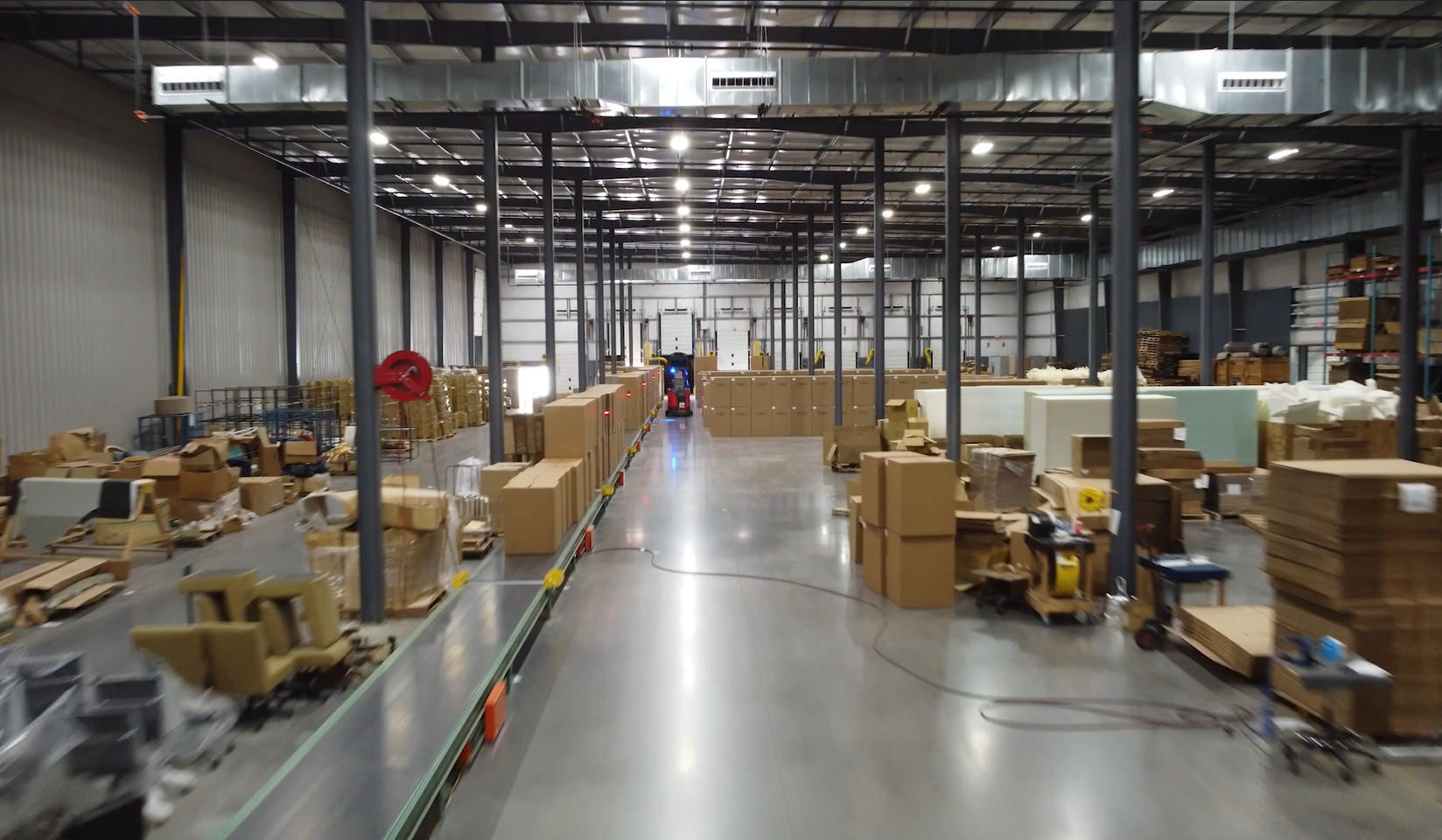
Explore ValuTrack’s Supply Chain Services
As an end-to-end supply chain solutions provider, we understand that productivity is paramount to your success. That’s why we are focused on empowering your organization with advanced technologies for real-time visibility, maximum control and proactive decision-making. With robust software and integration services, we’ll transform your supply chain operations and drive success in today’s dynamic marketplace.
We’re Here to Help
Contact us to Start the Modernization Process
Looking for more information about a specific technology solution? Feel free to ask us about pricing, data sheets, and demos, or schedule a free in-person/online consultation for strategic guidance from one of our experts.
Fill out the inquiry form or contact us to start the process.
Strategies for Modernizing your Supply Chain Strategies for Modernizing your Supply Chain Strategies for Modernizing your Supply Chain Strategies for Modernizing your Supply Chain


